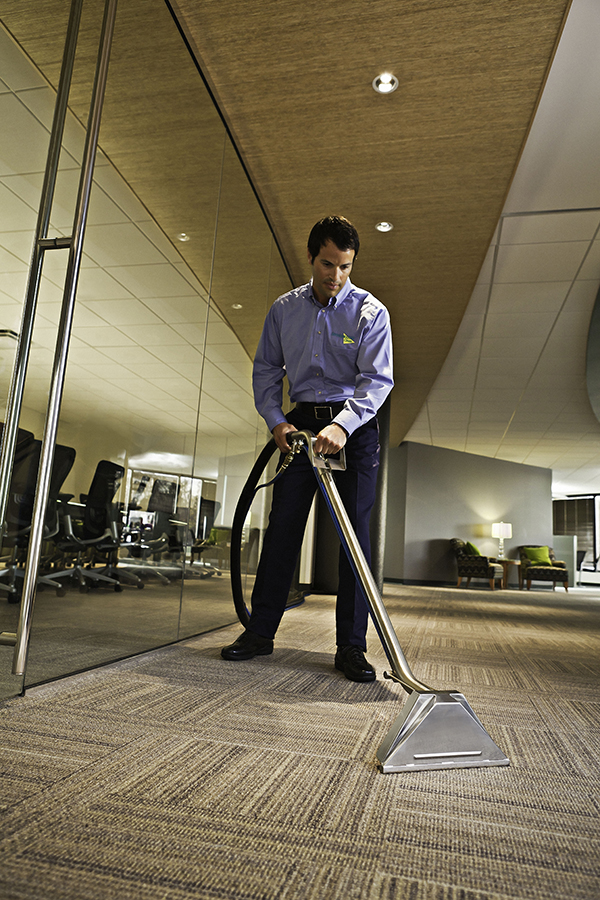
Carpet cleaning is an essential aspect of home maintenance, often overlooked until the telltale signs of dirt and wear become too apparent to ignore. This observational research article delves into the various methods of carpet cleaning, the psychological and physical effects of a clean carpet, and the intricate relationship between cleanliness and comfort in residential spaces. Through a series of observations in different households, this study aims to shed light on the practices, preferences, and outcomes associated with carpet cleaning.
During the course of the research, a diverse range of households was observed to understand the different approaches to carpet cleaning. The households varied in size, carpet type, and cleaning frequency, providing a comprehensive overview of the cleaning landscape. The common thread among all households was the shared understanding of the importance of maintaining a clean carpet, not only for aesthetic reasons but also for health considerations.
One of the most commonly observed methods of carpet cleaning was vacuuming. Households varied in their frequency of vacuuming, with some families adhering to a strict schedule of once a week, while others vacuumed only when visible dirt became apparent. The families that vacuumed regularly reported a sense of satisfaction and comfort in their living spaces. One participant, a mother of three, noted, "I vacuum every Saturday morning. It sets the tone for the weekend and makes the house feel fresh." This sentiment was echoed by other participants who linked the act of vacuuming to a sense of control over their environment.
In addition to vacuuming, deep cleaning methods were also observed. Households employed various techniques, including steam cleaning, dry cleaning, and shampooing. The choice of method was often influenced by the type of Premier Carpet Cleaning and the level of staining. Families with pets, for example, tended to favor steam cleaning due to its effectiveness in removing odors and stains. One household with a large dog shared their experience of using a professional steam cleaning service, stating, "It’s worth the investment. The carpets look brand new, and we can breathe easier knowing the allergens are gone."
The psychological impact of carpet cleanliness was another focal point of this study. Many participants expressed feelings of pride and accomplishment after completing a thorough cleaning. A retired couple shared how they spent a Saturday afternoon cleaning their carpets together, resulting in a renewed sense of partnership and accomplishment. "It’s not just about the carpets; it’s about spending time together and enjoying the results," the husband remarked. This observation highlights the social aspect of carpet cleaning, transforming a mundane chore into a bonding experience.
Interestingly, the presence of children and pets in a household significantly influenced cleaning practices. Families with young children or multiple pets often resorted to more frequent and intensive cleaning routines. Observations indicated that these households maintained a balance between practicality and aesthetics. For instance, a family with three young children opted for a durable, stain-resistant carpet and employed a regular cleaning schedule that included both vacuuming and professional cleaning services. "We know accidents happen, but we don’t want our home to look like a playground," the mother explained. This proactive approach not only maintained the carpets but also fostered a welcoming environment for guests.
Another notable observation was the use of eco-friendly cleaning products. Several households expressed a preference for green cleaning solutions, citing health benefits and environmental concerns. One participant stated, "I want to keep my home safe for my kids and pets. Plus, I feel good knowing I’m not harming the planet." This trend toward sustainability reflects a growing awareness of the impact of cleaning products on both personal health and the environment.